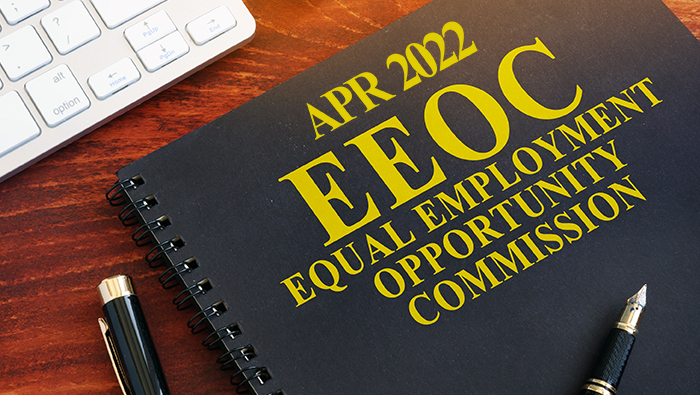The U.S. Equal Employment Opportunity Commission (EEOC) recently released its 2022 Annual Performance Report (APR). The APR contains the EEOC’s program results, accomplishments, and management challenges for the fiscal year 2022. Overall, it presents the current results of EEOC efforts in its broader mission to prevent employment discrimination under Title VII of the Civil Rights Act of 1964. In fiscal year 2022, the EEOC focused on a gamut of pressing equal employment opportunity issues, addressing some new discrimination areas along the way. Just last month, for example, the EEOC held a public hearing to discuss the implications of artificial intelligence in employment. That discussion covered the pros and cons of using the new technology in hiring and advancement.
Overview of the 2022 Annual Performance Report
The 2022 Annual Performance Report gives an overview of the EEOC’s work during fiscal year 2022. The APR communicates various performance results to the United States Executive and Legislative branches, as well as to the public. The APR includes an overview of EEOC programs, its accomplishments, and various challenges during the year. Sections within the 2022 Annual Performance Report discuss the following information:
- The agency’s organizational structure, mission, and vision
- An agency progress report measured against its goals as stated in its 2018 to 2022 strategic plan
- Major management priorities and challenges, as well as methods of verifying and validating performance data
- Findings from official evaluations and other evidence-building efforts
- Other information about agency performance requested, specifically, by the U.S. Congress.
2022 Annual Performance Report Results
The EEOC’s focused its efforts on several major antidiscrimination areas in fiscal year 2022. In brief, the 2022 Annual Performance Report addresses systemic discrimination of protected classes, the agency’s work towards advancing workplace racial justice, pay equity, and the potential pitfalls of using artificial intelligence in employment decision making. All in all, the EEOC cites an increasing demand for equal employment services in the U.S. in fiscal year 2022. The 2022 Annual Performance Report provides the following breakdown by the numbers:
- 73,485 new discrimination chargers (up from 61,331 in fiscal year 2021, an increase of about 20%)
- 475,000 calls (an 18% increase from 383,500 calls in 2021)
- 32% more emails from the public than in 2021
To help meet the growing demand for services, the EEOC grew its workforce, filling 352 new positions and 500 total staff vacancies. EEOC outreach and education reached some of the most vulnerable workers in underserved communities. These included immigrants and farmworkers who may have been reluctant to come forward and file discrimination complaints in the past. In fact, the number of vulnerable workers reached rose to 80,000 in 2022.
EEOC Litigation in Fiscal Year 2022
Alongside its 2022 Annual Performance Report, the EEOC also released its Office of General Counsel (OGC) Annual Report for FY 2022. The OGC’s report lays out the agency’s litigation achievements in detail. The EEOC filed 91 employment discrimination lawsuits and 53 suits seeking monetary relief. In addition, the EEOC resolved 96 discrimination suits, 10 systemic suits, and obtained just under $40 million in relief for 1,461 individuals. Included within the OGC’s report are lawsuit statistics and summaries of notable resolutions.
Employer Takeaways
Employers will want to note the significant increase in charges (about 20% more in 2022) filed with the EEOC by employees alleging discrimination. They should examine their own hiring and firing practices to ensure they don’t discriminate against or unfairly disadvantage members of federally-protected classes. Likewise, employers must train employees and supervisors in antidiscrimination and workplace harassment. Employers can be vicariously liable for harassment perpetrated by supervisors over whom they have control. Finally, employers should be wary of using artificial intelligence alone for hiring, firing, or promoting decisions. This technology left unaudited, will often weed out potential candidates with disabilities or people of color, leading to possible employment discrimination charges.

